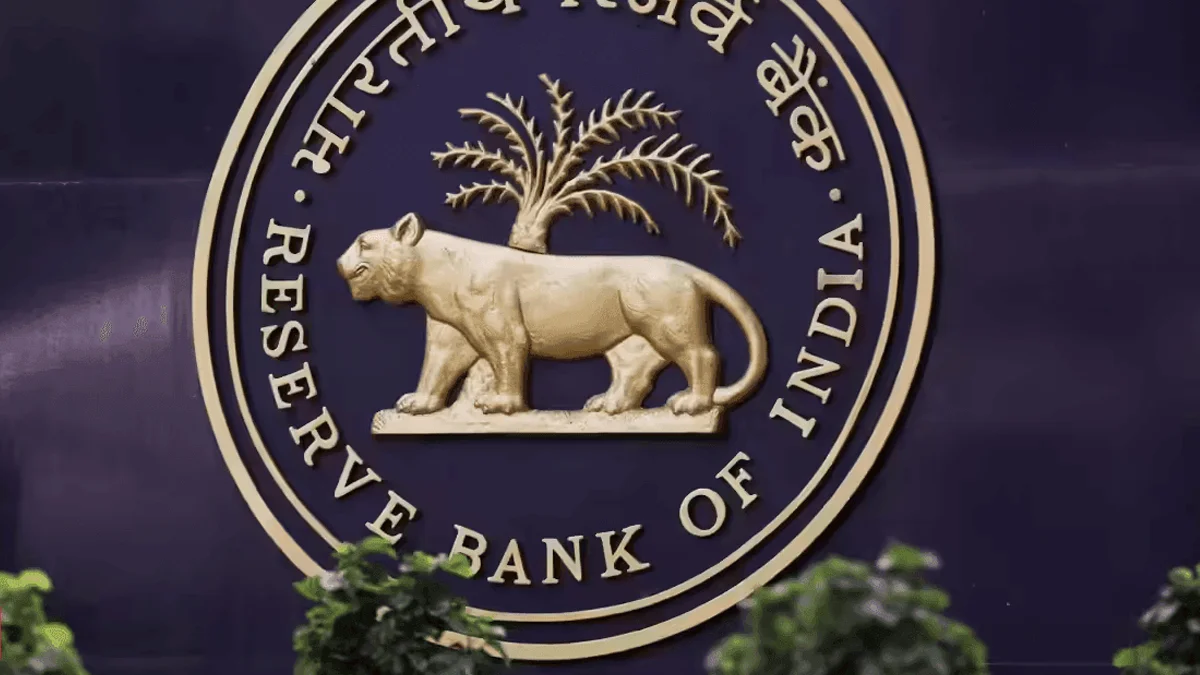Necessary Always Active
Necessary cookies are required to enable the basic features of this site, such as providing secure log-in or adjusting your consent preferences. These cookies do not store any personally identifiable data.
|
||||||
|
||||||
|
||||||
|

The Reserve Bank of India (RBI) has issued a new advisory asking all banks and financial institutions to integrate the Department of Telecom’s (DoT) Financial Fraud Risk Indicator tool. This move is aimed at strengthening real-time fraud detection and reducing online financial scams.
According to Outlook Business, the statement said, “The Department of Telecommunications (DoT) welcomes the Reserve Bank of India’s (RBI) advisory issued on June 30, 2025, directing all scheduled commercial banks, small finance banks, payments banks, and co-operative banks to integrate the Financial Fraud Risk Indicator (FRI) developed by DoT into their systems,”
The directive is part of the central bank’s broader efforts to boost digital security across the Indian banking ecosystem. It signals a deeper RBI and DoT cybersecurity collaboration in the wake of growing concerns around digital payment fraud.
The new advisory from RBI requires banks to adopt DoT’s Financial Fraud Risk Indicator into their transaction monitoring systems. This tool was developed by the Department of Telecom to flag phone numbers and communication lines suspected of being involved in fraudulent activity.
By enabling RBI integrated DoT fraud risk tool, financial institutions can get real-time alerts about risky transactions. This can help in quickly blocking or flagging suspicious payments, especially those involving social engineering or account takeover tactics.
Banks and financial institutions can now access the Financial Fraud Risk Indicator (FRI) in real time. This tool helps classify mobile numbers as medium, high, or very high risk based on their possible link to financial fraud.
Department of Telecom’s fraud risk indicator works by analysing data from telecom networks and cross-referencing it with complaints related to scams or frauds. Phone numbers or devices that are found to be involved in such activities are flagged.
Banks, once integrated with this system, will be notified instantly if a flagged number is involved in a financial transaction. This helps banks add an additional layer of security, reducing the risk of fraudulent transactions.
The statement also said, “With UPI being the most preferred payment method across India, this intervention could save millions of citizens from falling prey to cyber fraud. The FRI allows for swift, targeted, and collaborative action against suspected fraud in both telecom and financial domains.”
RBI’s real-time fraud tool integration is expected to be a game changer, especially for fintech companies and mobile wallet operators. Since these platforms deal with millions of small-ticket transactions daily, fraudsters often target them for quick gains.
The RBI has asked banks to complete the integration process at the earliest. It has also suggested that banks review their existing fraud monitoring systems to ensure they align with the capabilities of the DoT’s solution.
The statement also added, “It also underscores the strategic importance of automating data exchange between banks and DoT’s DIP through API-based integration, enabling real-time responsiveness and continuous feedback to further refine the fraud risk models.”
Security experts have welcomed the move, calling it a much-needed step in combating rising cyber fraud in India. With mobile-based scams on the rise, the RBI and DoT’s cybersecurity collaboration can offer financial institutions an early warning system that was previously missing.
At a time when phishing, fake investment offers, and SIM swap frauds are increasing, real-time verification of risk-prone phone numbers can save crores of rupees in potential losses.
Banks and fintech companies are now expected to roll out updates to their transaction engines and backend systems. The effectiveness of this integration will likely determine the future of such cross-department collaborations.
DoT has described RBI’s decision as a “watershed moment in the fight against cyber-enabled financial frauds.” It also highlighted the move as a strong example of inter-agency collaboration aimed at protecting citizens in India’s rapidly expanding digital economy.